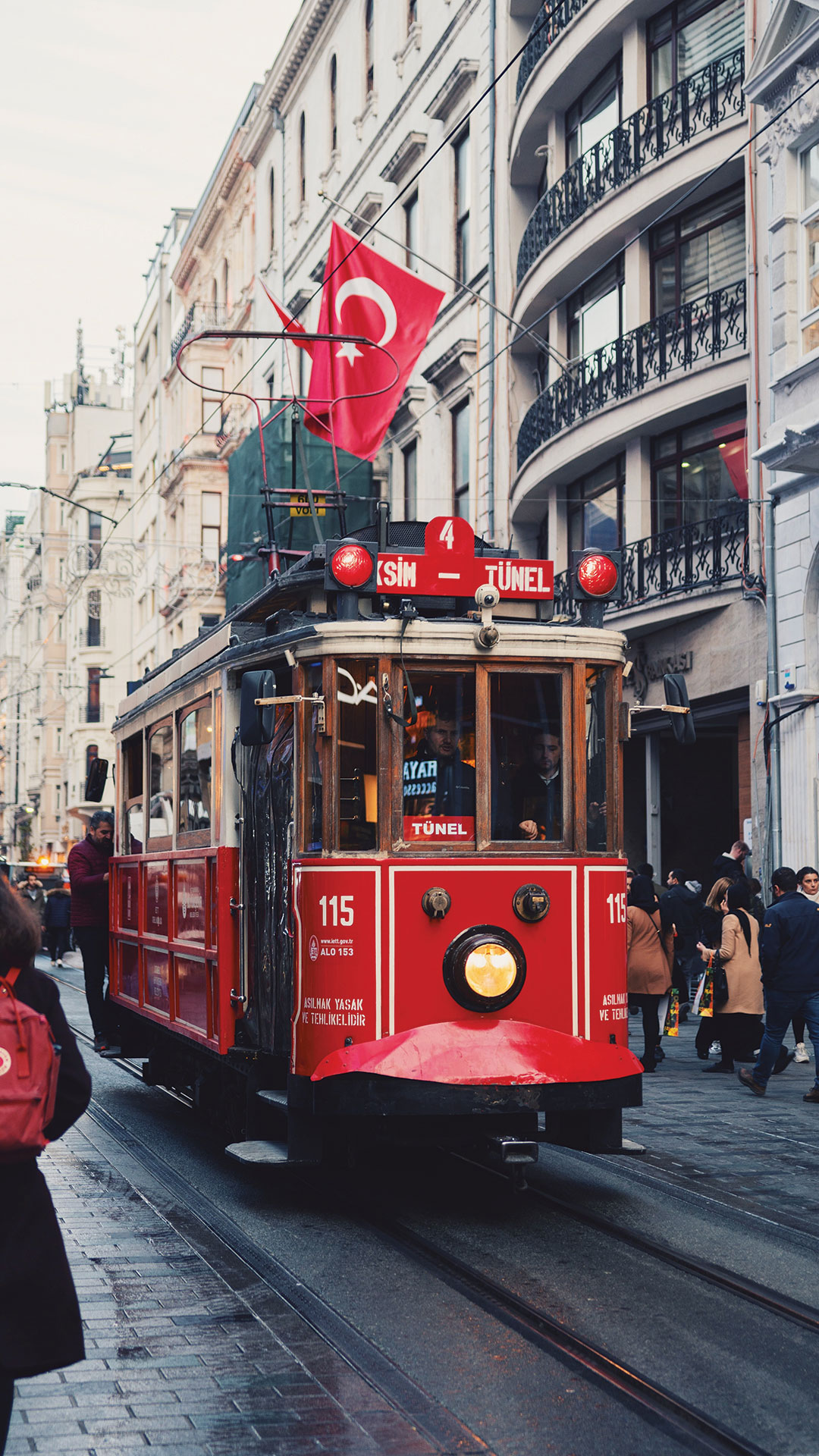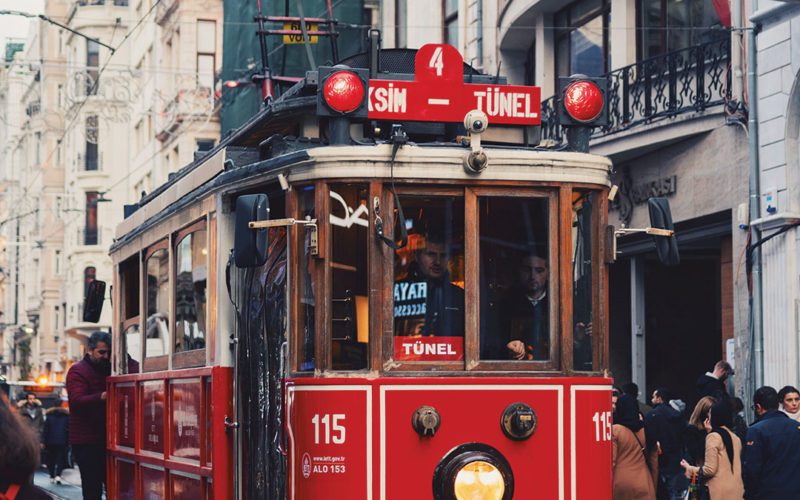
One of the great things about being a merchant mariner is that it’s possible to travel and see the world. Being able to experience other cultures, enjoy the foods and music of far-off lands, or connect with friends and family thousands of miles from home makes our profession very special.
Unfortunately, I have seen mariners who never get beyond the terminal gate. They were unaware of the many different modes of transportation available to see the sights while in port. It doesn’t have to be that way. With a little planning it’s possible to enjoy other places you travel to — even in between watches.
When I was chief mate on a ship docked in Ancona, Italy, located on the Italian Adriatic coast, I was hoping to get off to see two relatives on my mother’s side. My great aunts, Anthoula and Katarina, lived about 80 miles away near Rimini. We had never met before because the closest I had gotten to their hometown was Athens. But being berthed in Ancona made the trip possible.
I learned they wanted to meet but felt too old to make the trip. Still wanting to give it a try, I wondered how it could get there and back in time for my morning watch. As it turned out, there was an inexpensive bus that would drop me off in a convenient spot. After a short check-in, the bus got underway at 1800, one hour after my watch ended. “Thank goodness for mass transit,” I thought.
Everything worked out perfectly. We followed the Adriatic coast after leaving Ancona, giving me a chance to see olive groves, ancient homes and farms, blooming sunflowers and the rest of the countryside on the way. The bus arrived at about 2030. Anthoula, Katarina and I had plenty of time for some good family stories over a nice spanakopita dinner. I slept most of the way back and arrived at the ship at about 0600. Walking up the gangway, I thought to myself, “What a nice trip. And in between watches no less!”
Another great transportation experience of mine happened in Japan on a train that runs between Yokohama and Tokyo. I wanted to visit two friends, Kimiyoshi and Keiko, while my ship was berthed in Yokohama. I caught one of the trains that departed every 45 minutes. It costs about the same as a fast-food meal. There was no need to go through the hassle of renting a car and negotiating the street signs and always busy traffic, or plodding along side streets for hours in a bus. We had a nice evening together, then I took the return train and was back on the ship with plenty of time for a good night’s sleep. There are still U.S.-flagged ships that dock regularly in Yokohama as well as other Japanese ports, and I have known mariners who’ve taken similar excursions during their free time.
Every country seems to have its own special ways for people to get around. As a chief mate on a ship berthed in Istanbul, Turkey, I wanted to see the Topkapi Palace museum. Built in 1459, it was the opulent residence of the Ottoman Empire’s sultans. The only problem was that I was on day work, and my schedule didn’t allow me the time to rent a car or deal with a long bus ride. Luckily, the agent told me about a tram, essentially a streetcar system, that ran for miles in Istanbul. I could catch it right outside our berth and get off within walking distance of Topkapi. Though not a fast train, the tram went quicker than I expected. I got to see one of most legendary museums in the world and had some interesting conversations on the way.
No discussion of in-port transportation would be complete without a reminiscence of a rented car ride. In my case, it was in Barbados. The able seaman on my watch, who we all liked and had the nickname “Pirate,” decided to share a rent-a-car with me to see the island. Planning to check out its attractions, or maybe watch a cricket game and have afternoon tea, we headed out from the rental agency on a typically sunny day. After almost running head-on with a nice Mercedes whose driver was honking his horn like we were oblivious (which admittedly we were), we remembered that Barbados has British road rules. Everyone drives on the opposite side of the road as here in the U.S.
After that close call, our first stop was Bathsheba beach, famous for hosting international surfing championships. Next stop was Harrison’s Cave. First mentioned in historical documents in 1795, it is 700 feet above sea level and has two miles of underground pools formed by the erosion of limestone. We swam in a few of them. Although usually more expensive that other forms of transit, rental cars and taxis can be a good way to get off the ship and see the sights. Taxi drivers can be an excellent source of information on the best places to see — and they know the local road rules!
Whether you use a helicopter, plane, bus, taxi, tram, rental car, ferry, snowmobile, bicycle or your own two legs, get out past the security gate to see the sights and talk with interesting people from other places.
Til next time, I wish you all smooth sailin’. •
Capt. Kelly Sweeney holds the license of master (oceans, any gross tons) and has held amaster of towing vessels (oceans) license as well. He has sailed on more than 40 commercial vessels and lives on an island near Seattle. He can be contacted by email at captsweeney@outlook.com

